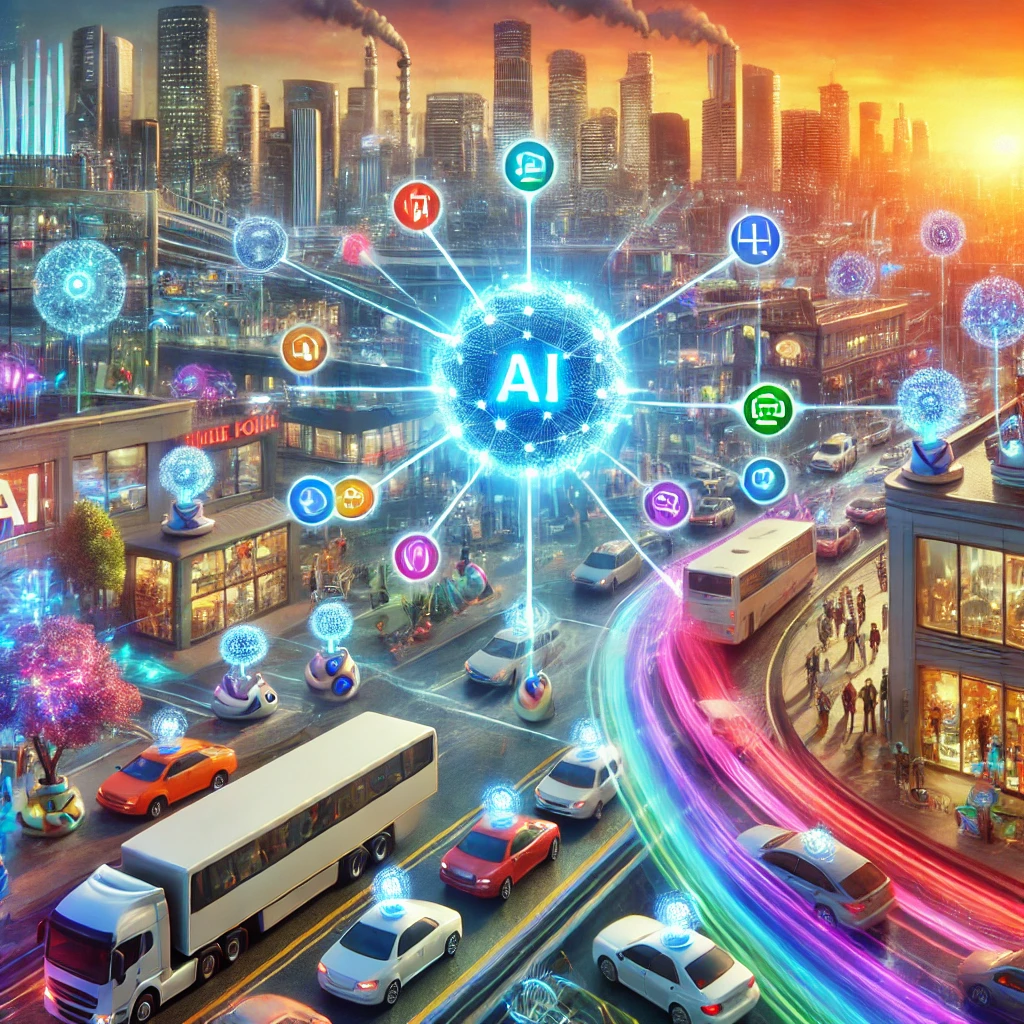Scaling AI for the real world: Enhancing efficiency, adaptability, and inclusivity
The future of AI scaling will likely involve hybrid approaches that combine elements of all three paradigms. Researchers and developers will need to refine techniques for optimizing AI models while maintaining their versatility and effectiveness. With ongoing advancements in model compression, federated learning, and AI governance, the vision of a balanced, efficient, and collaborative AI ecosystem is within reach.

Artificial Intelligence (AI) has undergone rapid evolution over the past decade, with the predominant focus on scaling up models to improve performance. However, as the field advances, the limitations of this approach have become more apparent. Scaling up models indefinitely presents challenges related to computational cost, energy consumption, and data availability.
To address these challenges, researchers Yunke Wang, Yanxi Li, and Chang Xu from the University of Sydney propose a new framework in their study "AI Scaling: From Up to Down and Out." This paper, available on arXiv, introduces a broader perspective on AI scaling, encompassing three key dimensions: Scaling Up, Scaling Down, and Scaling Out, each offering unique advantages and challenges in advancing AI research and applications.
The three pillars of AI scaling
The traditional approach of Scaling Up involves increasing model size and complexity to enhance performance. This strategy has been instrumental in the development of large-scale AI systems, such as GPT-4 and CLIP, which demonstrate remarkable generalization across various tasks. However, Scaling Up also leads to significant resource consumption, making it unsustainable in the long term. With data availability reaching a saturation point, further improvements through this method alone are proving less effective. This bottleneck has led researchers to explore alternative scaling paradigms.
Scaling Down focuses on optimizing large models by reducing their size while maintaining or even improving their efficiency for specific tasks. This process involves techniques like model pruning, knowledge distillation, and low-rank approximation to create smaller, more efficient models. By extracting the essential features of large models, Scaling Down allows AI to be deployed in resource-constrained environments, such as edge computing and mobile applications. This method democratizes AI, making its benefits more accessible without the high computational costs associated with larger models.
Scaling Out builds on the foundation of optimized models by enabling collaboration and adaptability across multiple AI systems. Instead of relying on a single, monolithic model, Scaling Out envisions an interconnected AI ecosystem where specialized models work in tandem to handle different tasks efficiently. This paradigm is particularly beneficial for applications in smart cities, healthcare, and content creation, where diverse AI agents interact and contribute to a cohesive system. Scaling Out reduces dependency on a single large model and enhances the robustness and adaptability of AI systems.
The role of AI scaling in key applications
The study explores how Scaling Up, Scaling Down, and Scaling Out can transform AI applications across multiple domains. In healthcare, large AI models can be scaled down to provide real-time diagnostics on edge devices, enabling faster and more efficient patient care. In smart manufacturing, an AI ecosystem built on the principles of scaling out allows different AI agents to coordinate supply chains, monitor equipment, and optimize production in a decentralized manner. In content creation, a combination of scaling techniques supports personalized recommendations, automated scriptwriting, and interactive virtual assistants, all working together within an interconnected AI framework.
By applying these scaling strategies in real-world scenarios, AI can become more sustainable and widely accessible. The paper highlights how Scaling Down reduces the carbon footprint of AI models, allowing them to operate efficiently in energy-limited environments, while Scaling Out enhances collaboration among AI-driven applications, fostering a more adaptable and interactive AI ecosystem.
Challenges and future directions
While the proposed AI scaling framework presents a promising direction for future AI development, it also introduces several challenges. One of the main concerns is balancing model complexity with interpretability. Large AI models often function as "black boxes," making it difficult to understand their decision-making processes. As models are scaled down or deployed in collaborative environments, ensuring transparency and accountability in AI operations becomes a priority.
Another challenge is resource management, particularly in distributed AI ecosystems where multiple models interact. Efficiently allocating computational power and minimizing redundancy are crucial for achieving seamless AI scalability. The study also underscores the importance of ethical AI development, ensuring that AI models adhere to fairness, privacy, and security principles as they become more widespread.
The future of AI scaling will likely involve hybrid approaches that combine elements of all three paradigms. Researchers and developers will need to refine techniques for optimizing AI models while maintaining their versatility and effectiveness. With ongoing advancements in model compression, federated learning, and AI governance, the vision of a balanced, efficient, and collaborative AI ecosystem is within reach.
Conclusion
To sum up, the study challenges the conventional wisdom of AI scaling and presents a more sustainable and adaptable approach. By integrating Scaling Up, Scaling Down, and Scaling Out, AI can overcome the limitations of traditional model expansion and foster a more inclusive, efficient, and responsible AI landscape. This holistic framework not only optimizes AI performance but also ensures that AI technology remains accessible, interpretable, and beneficial for a wide range of applications. As AI continues to evolve, embracing this multidimensional scaling strategy will be key to unlocking its full potential in a rapidly changing world.
- FIRST PUBLISHED IN:
- Devdiscourse










